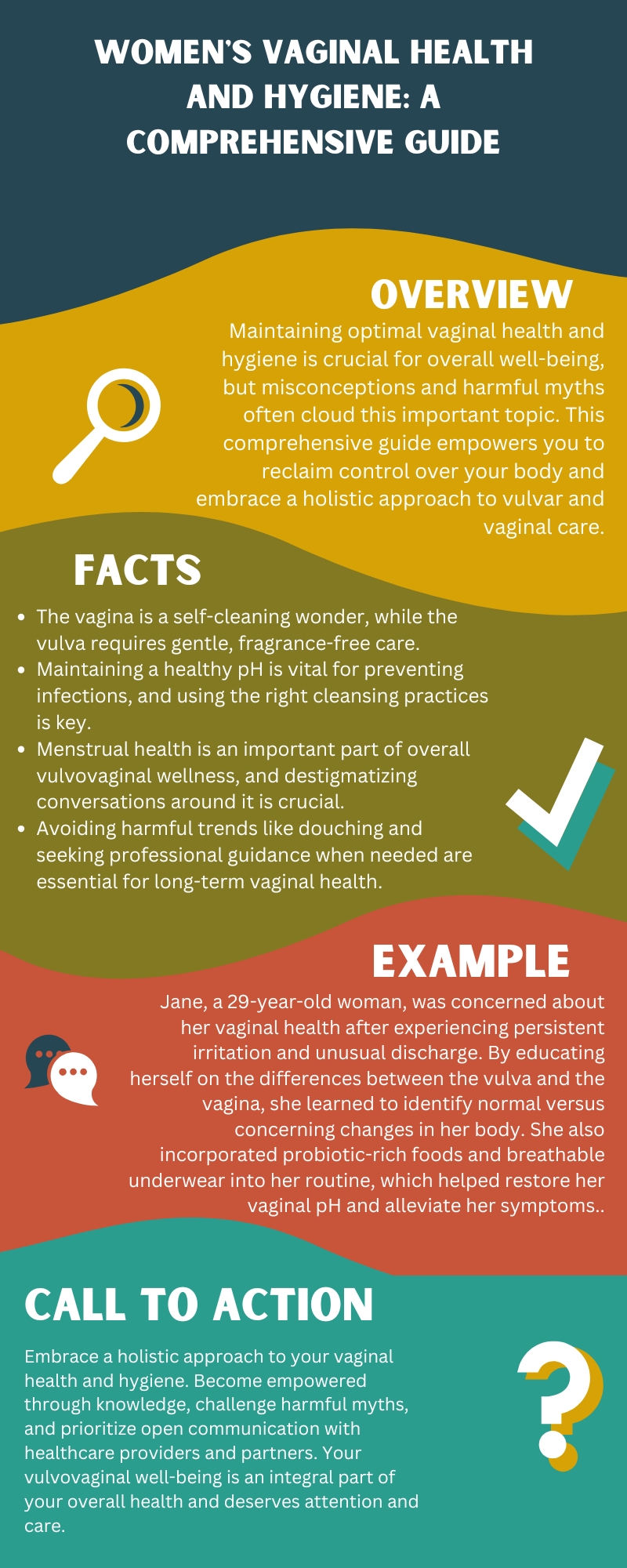For too long, vaginal health has been clouded by shame, myths, and harmful marketing that suggest our intimate areas are “unclean.” It’s time to reclaim our vulvovaginal health with confidence, understanding, and holistic care.
In this blog article, we’ll explore the anatomy, debunk myths, and provide empowering insights to help you nurture your intimate well-being.
Let’s move beyond outdated “feminine hygiene” ideas and embrace a journey of self-discovery, self-care, and self-acceptance—because your intimate health deserves nothing less.
Key Takeaways:
- Understand the difference between the vulva and the vagina, and prioritize the health of both.
- The vagina is a self-cleaning wonder, while the vulva requires gentle care and attention.
- Maintaining a healthy pH is crucial for vaginal health, and using the right cleansing practices is important.
- Become familiar with your body’s signals and don’t hesitate to seek professional guidance when needed.
- Avoid harmful trends like douching and steaming, and be critical of marketing claims for “feminine hygiene” products.
- Normalize conversations about menstrual health and advocate for menstrual equity.
- Adopt a holistic approach to vaginal health by maintaining a healthy lifestyle, staying hydrated, and incorporating probiotics.
- Openly communicate with healthcare providers and partners to create a supportive environment for your vaginal health.

Debunking the Myth of “Feminine Hygiene”
1. The Problem with “Feminine Hygiene”
The phrase “feminine hygiene” is a problematic term that should be replaced with more accurate terminology. This phrase is often used in marketing campaigns to make women feel ashamed of their genitals and encourage the purchase of so-called “feminine hygiene” products.
These campaigns present a false message that using these products makes a woman and her genitals “clean,” while avoiding them makes them “dirty.”
2. Reclaiming Our Bodies: Shifting to Vulvar and Vaginal Health
Prioritizing genital health is crucial for all people with vaginas. To properly understand vaginal health, it is important to know the difference between the vulva and the vagina.
The vagina is the internal part of the genitals, while the vulva refers to the external parts of the genitals. Vulvar health is just as important as vaginal health and should be considered when building a hygiene routine.
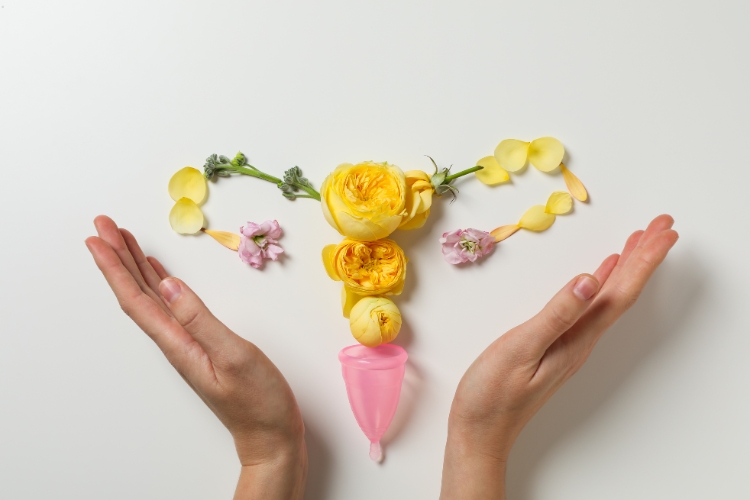
Understanding Vulvar and Vaginal Anatomy and Physiology
1. The Amazing Vagina: A Self-Cleaning Wonder
The vagina is a self-cleaning organ. Discharge found in underwear is a normal and healthy sign that the vagina is functioning properly unless it is accompanied by a new odor or color.
2. The Vulva: Skin That Needs Gentle Care
The vulva, on the other hand, is not self-cleaning and should be treated like any other skin on the body, with gentle care and attention.
3. The Importance of pH
Maintaining a healthy pH is vital for vaginal health. The normal vaginal pH is slightly acidic, and disruption of this balance can lead to infections.
The natural flora of the vagina, known as the microbiome, contributes to a healthy pH. Using products that upset the natural vulvovaginal pH can affect the composition of the microbiome, which is needed to protect against infection.
4. The Role of Vaginal Discharge
Vaginal discharge is a normal and healthy part of the body. The amount and texture of vaginal discharge change throughout the menstrual cycle, and this is a sign that the body is functioning properly.
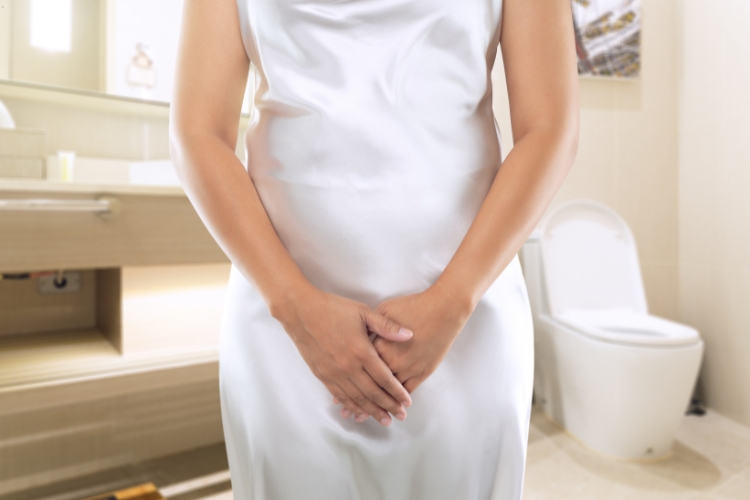
Building a Healthy Routine: Essential Practices for Vulvar and Vaginal Care
1. Nourishing Your Body From Within
A balanced and nutritious diet contributes to optimal vulvar and vaginal health. Ensuring that you are getting enough vitamins, minerals, and nutrients can help support the overall health of your genital area.
2. Cleansing the Right Way
2. Grooming Practices
3. Monitoring Your Body’s Signals
Becoming familiar with how your genitals typically look, smell, and feel can help you recognize any changes that may require attention.
This can be done by taking time in the shower to examine your genitals, and regularly checking the color and smell of your discharge. If you notice any unusual changes, it’s important to see a healthcare provider.
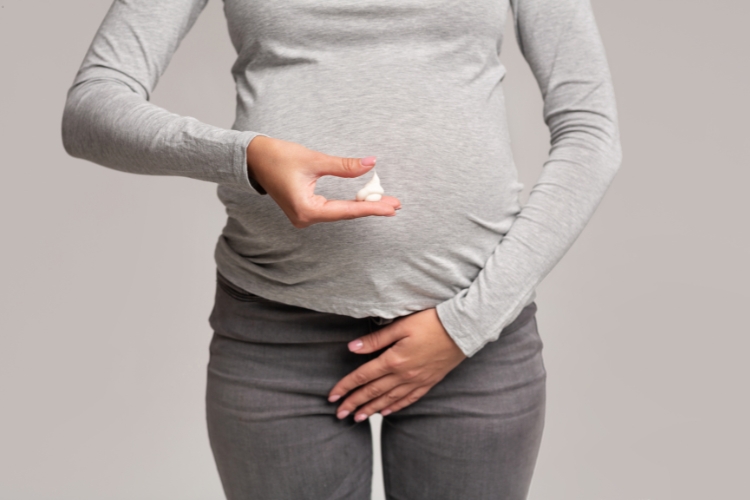
Life Stages and Vulvovaginal Health: Adapting Your Routine
1. Becoming Sexually Active
2. Pregnancy
During pregnancy, it’s important to use gentle cleansers and avoid products that can disrupt the vaginal flora.
3. Menopause
During and after menopause, the vulva may become drier due to hormonal changes. This can require additional care and attention to maintain vulvovaginal health.
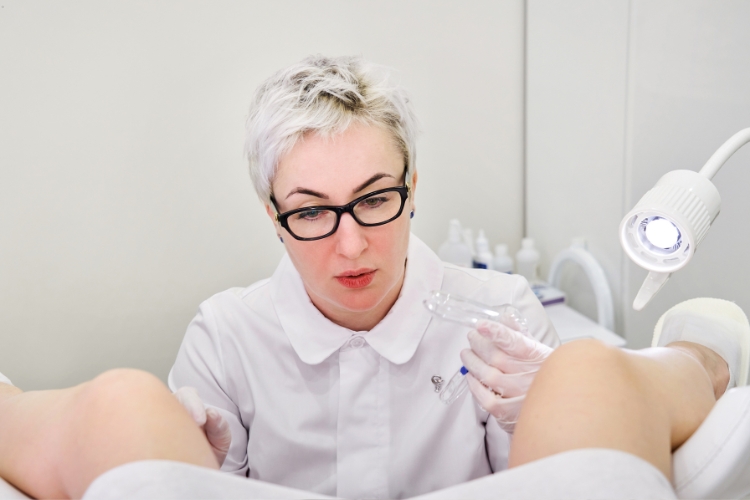
Debunking Vaginal Health Myths and Harmful Trends
1. The Dangers of Douching and Steaming
Douching and steaming can harm the vaginal microbiome and vulvar skin. Douching alters the vagina’s natural microbiome, making it more susceptible to infections. Steaming can also interfere with the vagina’s natural defenses and can even burn vaginal tissues.
2. “pH Balancing” Products: Unnecessary and Potentially Harmful
Products that claim to balance the pH of the vagina are unnecessary and potentially harmful. The vagina is naturally self-regulating and does not require these products.
3. Challenging Marketing Ploys
It’s important to be critical of products that are marketed as “feminine hygiene.” Remember that many of these products are designed to make women feel insecure about their bodies and are not necessarily healthy or beneficial.
4. Avoiding Harmful Home Remedies
Inserting food or other home remedies into the vagina can disrupt the natural balance of the vagina and may even cause infections. It’s best to avoid these practices and instead seek guidance from healthcare professionals.

Menstrual Health: Empowering Choices for a Happy Period
1. Destigmatizing Menstruation
It’s important to normalize conversations about menstruation and advocate for menstrual equity, ensuring that everyone has access to the products and information they need.
2. Addressing Period Poverty
Many people struggle to afford menstrual products, and this issue needs to be addressed through education, advocacy, and equitable access.
3. Menstrual Hygiene Practices
Maintaining a Healthy Lifestyle for Overall Well-being
1. The Importance of Hydration
Staying hydrated helps regulate bacterial growth and sweat production, which can benefit vaginal health.
2. The Role of Probiotics
Consuming probiotics like yogurt can help prevent yeast infections and reduce vaginal odor. Do not put yogurt in your vagina, as the sugar in yogurt may encourage yeast growth. Probiotic supplements may also be a good source of lactobacillus.
3. Choosing Breathable Clothing
Wear cotton underwear and loose-fitting clothing to help the vulva stay dry. Avoiding tight-fitting clothes helps with air circulation in the vaginal area, while cotton is better than synthetic fabrics at absorbing moisture.
4. Exercise and Hygiene
Change out of sweaty clothes promptly after working out to prevent bacterial growth.
5. Swimsuit Hygiene
Change out of wet swimsuits after swimming to prevent bacterial growth.
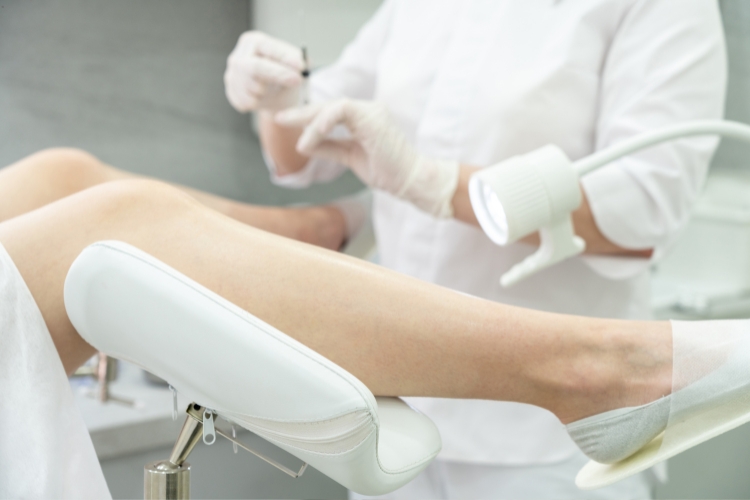
Seeking Professional Guidance: When to See a Doctor
Conclusion: Embracing a Holistic Approach to Vaginal Health
Being informed about vaginal health allows you to make empowered choices about your body.
Vaginal health is an important part of overall well-being and should not be a source of shame or embarrassment.
Openly communicating about vaginal health with your healthcare providers and partners can help create a more supportive and understanding environment.
By following the guidelines and practices outlined in this comprehensive guide, you can take a proactive and holistic approach to maintaining your vaginal health and hygiene, empowering you to feel confident and comfortable in your own body.
FAQs
- What is the difference between the vulva and the vagina?
The vulva refers to the external genitalia, including the labia, clitoris, and opening to the vagina. The vagina is the internal muscular canal that connects the vulva to the cervix and uterus. It’s important to understand the distinction between these two areas, as they have different needs when it comes to hygiene and care. - Is vaginal discharge normal, and what should I look out for?
Vaginal discharge is a normal and healthy part of the body’s functioning. The amount, color, and texture of discharge can vary throughout the menstrual cycle. However, if you notice a significant change in your discharge, such as a foul odor, unusual color, or increased irritation, it’s best to consult a healthcare provider to rule out any underlying infections or issues. - How can I maintain a healthy pH balance in my vagina?
Maintaining a slightly acidic pH, around 3.8-4.5, is crucial for vaginal health. The natural flora, or microbiome, of the vagina helps maintain this optimal pH. Avoid using douches, scented products, or anything that could disrupt the vagina’s delicate balance. Instead, stick to gentle, fragrance-free cleansers and let the vagina’s self-cleaning mechanism do its job. - When should I see a healthcare provider about vaginal health concerns?
It’s important to see a healthcare provider if you experience any unusual symptoms, such as persistent itching, burning, unusual discharge, or pain. Regular gynecological checkups, even in the absence of symptoms, are also recommended to ensure overall vaginal and reproductive health. Don’t hesitate to seek professional guidance if you have any concerns about your vaginal well-being.
